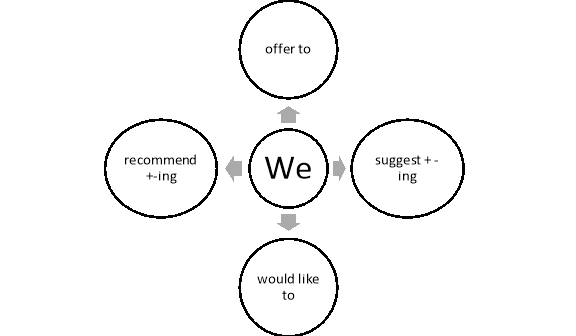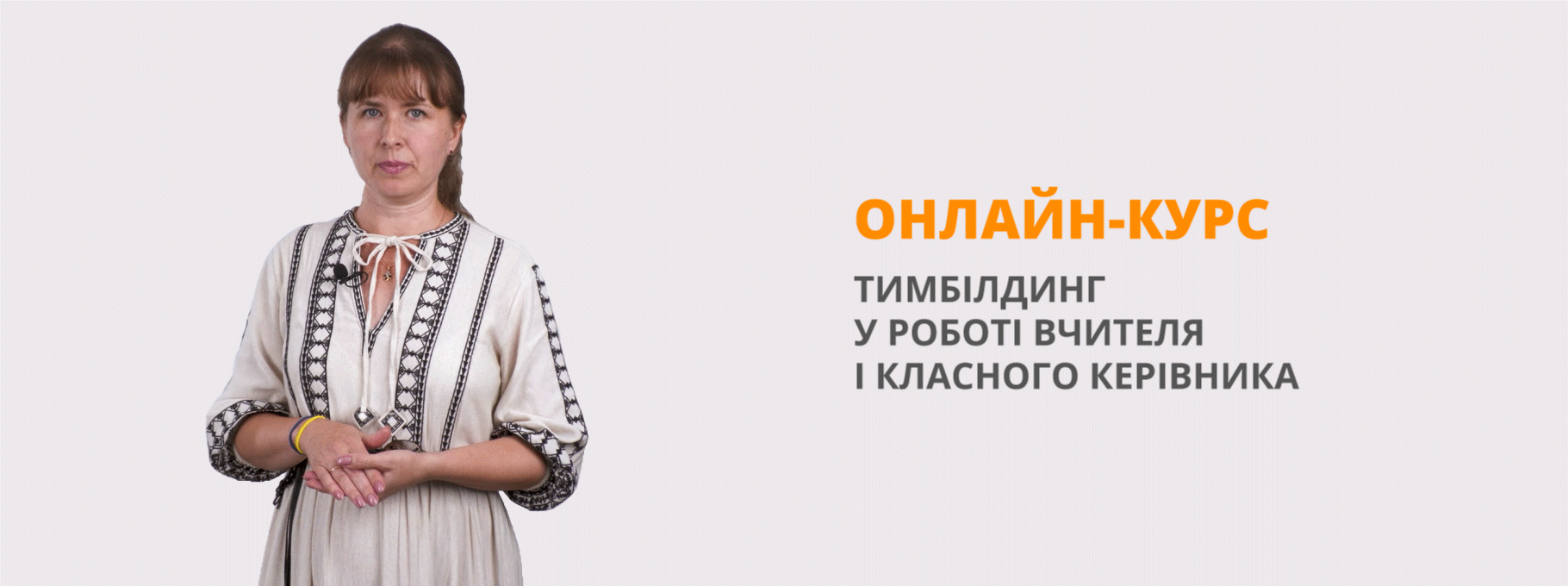Social Projects and Youth. Infinitive vs. Gerund (11th form)
Дата: 12.03.2020
Урок № 45
Клас: 11
Тема: Social Projects and Youth. Infinitive vs. Gerund
Цілі:
Практична:залучити учнів до відпрацювання комунікативних навичок, протиставлення двох граматичних явищ (Infinitive/ Gerund), удосконалення граматичної навички, удосконалення навичок аудіювання, удосконалення навичок говоріння.
Освітня: аналіз соціального життя молоді в Україні та Британії
Розвиваюча: підсилювати усвідомлення невербальних засобів спілкування за допомогою перегляду відеофільму, розвивати загально-навчальні навички (нотування, узагальнення, аналіз), навички сприйняття на слух (мовленнєву здогадку, розпізнавання конкретної інформації), навички оглядового читання та читання з повним розумінням змісту прочитаного, навички усного та письмового висловлювання (грамотність, темп мовлення, вимова);
Виховна: виховувати соціально-свідому особистість з активною громадянською позицією, підсилювати інтерес до культури країни, мову якої вивчають учні.
Обладнання: підручник, роздатковий матеріал, відео-матеріал
План уроку
-
Початок уроку – 5 хв.
- Організаційний момент – 1 хв.
- Фонетична зарядка – 1хв.
- Мовленнєва зарядка – 3 хв.
-
Основна частина уроку (30-35 хв.)
- Перевірка домашнього завдання – 10 хв.
-
Практика мовленнєвої діяльності - 6 хв.
- Перегляд відео фрагменту з його подальшим обговоренням – 10 хв.
- Удосконалення граматичної навички – 5 хв.
- Удосконалення навичок читання – 10 хв.
- Заключна частина – 7 хв.
3.1 Підсумки уроку – 2 хв.
3.2 Повідомлення домашнього завдання – 2 хв.
3.3 Виставлення оцінок, мотивація роботи – 3 хв.
Хід уроку
-
Початок уроку
- Організаційний момент
T: Good afternoon, dear pupils. I am glad to see you in the classroom.
Ps: Good afternoon!
T: Who is absent today?
P1: Everybody is present.
- Фонетична зарядка
Sound [e]
Pussy – Cat and the bad, fat rat.
Pussy-Cat, Pussy-Cat, If you catch that bad , fat rat
Can you catch you will have
That big , fat rat? some milk for that
- Мовленнєва зарядка:
Do teenagers have common problems? There are many common problems for all teenagers. Share your ideas with your partner and add some of your own to these list.
To plan future
To spend free time
To deal with bulling
To do after school
To find friends
To deal with your friends
How to solve conflicts with friends, parents
To find common language with parents
To express your opinion
To deal with girlfriend
To avoid conflicts
To become independent
To establish priorities
Read your own list and let’s discuss it.
(Pupils discussing)
- Основна частина (30-35 хв.)
2.1. Перевірка домашнього завдання
2.2. Практика мовленнєвої діяльності
Вступна бесіда з учнями
T: Тell me what topic have we been discussing during the last lessons?
P2: We have been discussing the life of youth.
T: What points exactly?
P3: We have already discussed emotional intelligence, healthy lifestyle, subculture and some youth organizations.
T: Well, read the quotation and tell what you think we are going to talk about today? (Додаток 1, слайд 2)
P4: “We have a powerful potential in our youth, and we must have the courage to change old ideas and practices so that we may direct their power toward good ends.” Mary McLeod Bethune
T: So, what do you think we are going to discuss?
P6: How young people can get involved into social projects.
P7: How we can find useful activities.
T: You are right. What do we need to know and be able to do for it?
P8: In my opinion, we should know the words and grammar.
P9: We should be able to read quickly and find the necessary information.
P10: To my mind, we should suggest our own ideas.
T: Of course, and at the end of the lesson we will combine the information we have seen and read, analyze it and find out our own solutions to the problem of youth social life.
2.2.1. Перегляд відео фрагменту з його подальшим обговоренням
Постановка завдання перед переглядом відеофрагменту
We are going to watch a video about the UK Youth Parliament – the organization of young people which deals with social improvements of their region. Please, look through the questions you are to answer before watching. You can make notes while watching.
Перегляд відеофрагментів
https://www.youtube.com/watch?v=oOQ96RTC2Z8
https://www.youtube.com/watch?v=lSvo_aXxB3g
Завдання на розуміння змісту переглянутого
Answer the questions:
1) What does MP stand for? (Member of Parliament)
2) Where do British MPs usually meet? (at the Houses of Parliament)
3) Who is the head of the UK government? (the Prime Minister)
4) Who do people vote for in the UK Youth Parliament elections? (members of the Youth Parliament)
5) When did the Oxfordshire Youth Parliament elections take place? (on the 12th of February)
6) What did Diko use to help her with her campaign? (Facebook)
7) The video gives three examples of important issues for young people: education, public transport, what else? (health service, housing, tackling crime)
8) Who is John Howell? (the local MP)
Well done! You are the best pupils ever!
2.2.2. Удосконалення граматичної навички
Now we should give some advice for the government how to improve the lives of youth in Ukraine, and in Shostka especially. But it would be unfair to expect some actions only from the government. We should also suggest some help. Due to this, we’d better divide into two groups. The first group will give some recommendations for the Ukrainian government. The second one will suggest some help from you. For doing this task grammatically correct we should revise the verb patterns with the infinitive and the gerund. Do you remember this rule? Now look at the screen.

Which verb form should be used after “offer”?
P12: The infinitive.
T: Well. What should be used after “would like”?
P1: The infinitive also.
T: Right. And what should be used after “recommend” and “suggest”?
P2: Here the gerund should be used.
T: Correct. Thank you.
2.2.3. Удосконалення навичок читання
Передтекстова робота
Read about youth organization in Great Britain and make a list of them. Then compare it with the list of Ukrainian organizations. Are there any similarities in their programmes?
Читання тексту з його подальшим перекладом
There are about 60 youth organizations in Great Britain. All youth organizations can be divided into three large groups : 1) non-political organizations; 2) youth organizations associated with political patties; 3) youth organizations controlled by religious bodies. The two largest non-political youth organizations are the associations of the Boy Scouts and the Girl Guides. There are about 1, 300,000 boys and girls in them. The membership is voluntary. The Scout Association was formed in 1908 by General Baden Powell. His idea was to train boys in mapping, signaling, knotting, first aid and all the skills that would arise from camping and outdoor activities. Most important of all for a Scout was to make a promise that he would do his best to do his duty to. The Boy Scouts had a left-handed handshake, a special badge and the motto ‘‘Be Prepared’’. The Scout Law embraces ‘‘ honour , obedience, cheerfulness, thrift and cleanliness in thought and deed. The Scout movement was intended for boys from 11 to 14 (15), but in 1916 Baden Powell introduced a programme for younger people. He called them Wolf Cubs. They had special uniforms, badges, a special training system and the motto ‘‘Do tour best!’’. The Wolf Cub pack is based on Kiplng`s ‘Jungle Book’ about learning to survive. The Girl Guids Association was founded by Baden Pawell in 1910. It`s divided into three sections : Brownies ( from 7.5 to 11) , Guides ( from 11 to 16 ), Rangers ( from 16 to 21 ). The programme of training is planned to develop intelligence and practical skills including cookery, needlework, childcare. Like a Scout a Girl Guide must be a friend to animals. There are some other non-political organizations : the Combined Cadet Force, Sea Cadet Corps, the Woodcraft Folk, the Youth Hostels Association, the National Federation of Young Farmers Clubs, Greenpeace. There are several youth organization associated with political parties. The Youth Campaign for Nuclear Disarmament unites young people and organizes mass rallies and meetings, demonstrations, marches of protest, festivals. It co-operates with the National Union of Students. Religious young organizations and groups aim at helping to elderly people or working in hospitals. There are even groups where young people help released prisoners to start then life a-new. Religions organizations pay attention not only to the study of religious views but involve youth into such activities as music festivals and amateur theatre. As you see, all there organizations aim at preserving and strengthening the social and still are doing useful work in providing leisure facilities for young English people.
Післятекстова робота
- What did you understand from the text?
- Why is it important to take part in social projects?
- Do we have in Ukraine similar organizations?
- Do you take part in any social projects?
Well done! You are awesome!
- Заключна частина.
3.1.Підсумки уроку
T: Today we have done a great job. You were very active today.
3.2. Повідомлення домашнього завдання
Your home task is to write a problem solution essay on the following topic “Nowadays, teenagers often behave anti-socially. What are the reasons and solutions of this problem?” Use your notes from class!
3.3. Виставлення оцінок, мотивація роботи.
And now I will give your marks for your work. So, your marks are…
Thank you for lesson! You may be free.

про публікацію авторської розробки
Додати розробку
